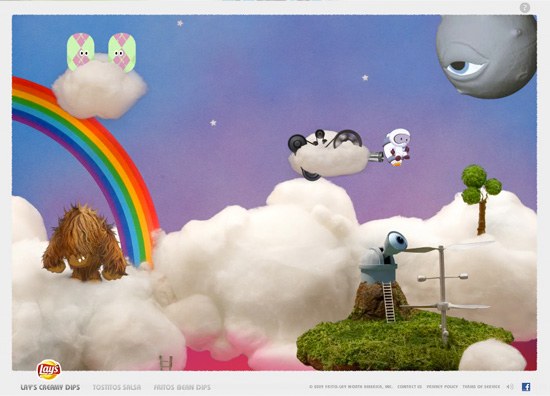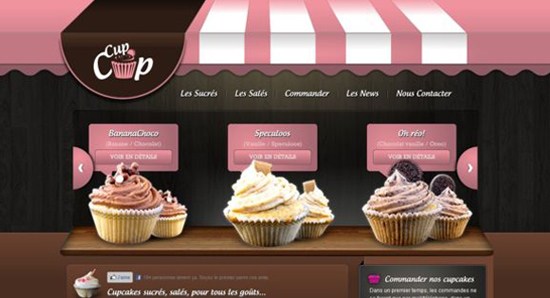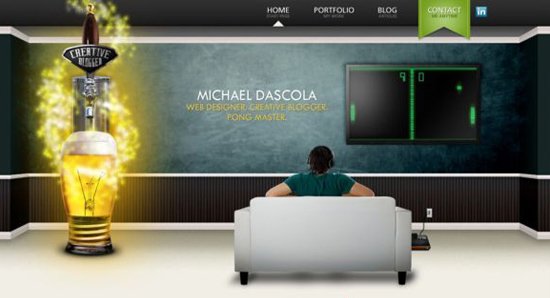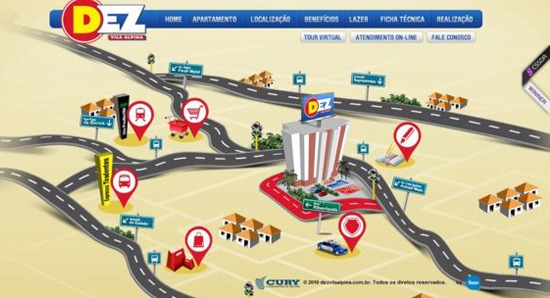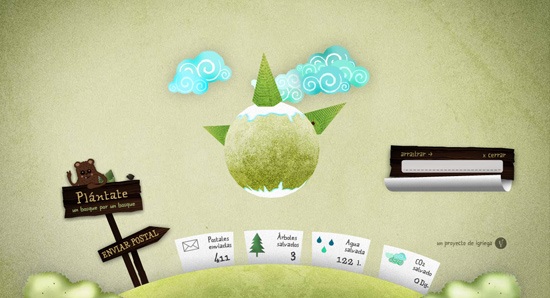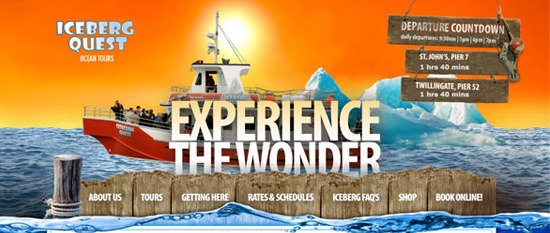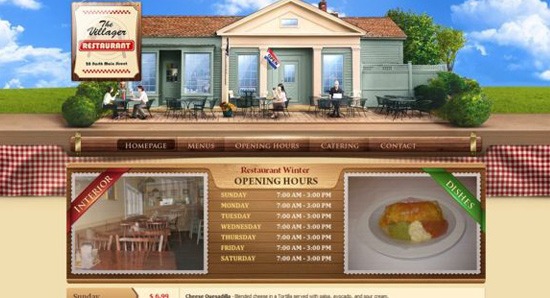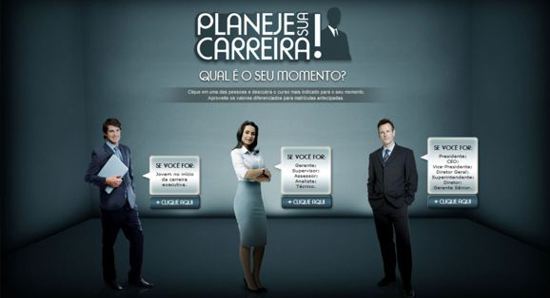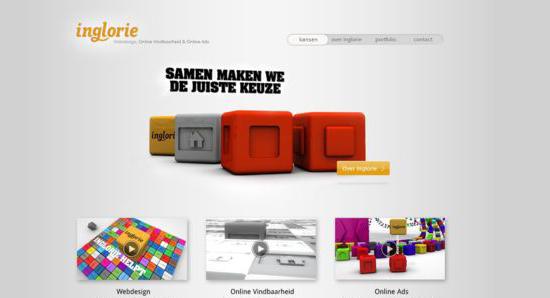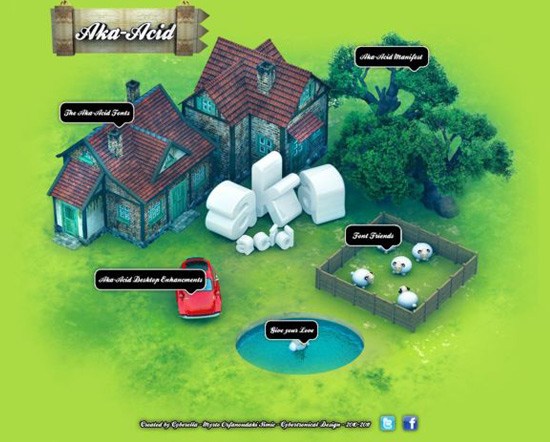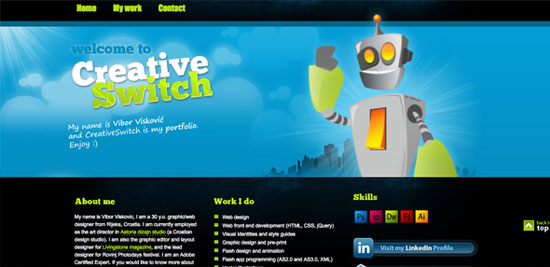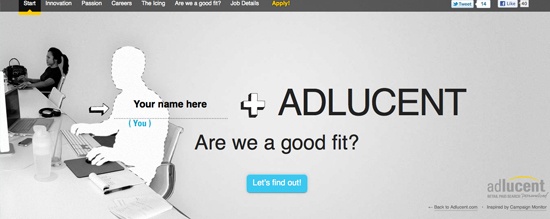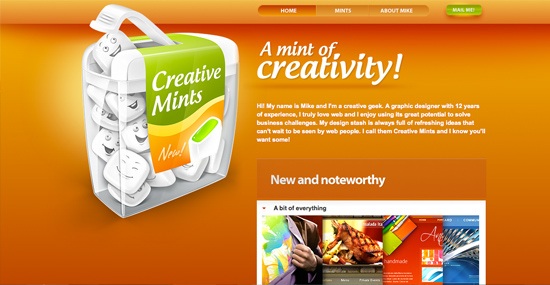Augmented Reality made a big impact during 2010 in the way brands market their products and offer services, especially via mobile devices. Augmented Reality helps us visualize new ways to connect the online with the off line world, reshaping the way we perceive reality and promising richer experiences in 2011 as the technology evolves.

This list is focused on people, not companies, and includes bloggers; industry insiders; CEOs; marketing and advertising people; as well as people working with AR startups.

You can follow our list of Augmented Reality’s top 25 influentials on Twitter or get more info on the PeerIndex group we’ve created.
PeerIndex score: 70
Co-editor and Vice President of Content Development at ReadWriteWeb Marshall Kirkpatrick tops our list having written a number of posts on Augmented Reality business and the latest products.
Follow @marshallk
PeerIndex score: 66
Tonchidot CEO based in Tokyo. Takahito Iguchi founded Tonchidot Corp. in 2008 to develop the Sekai Camera AR service. His second account used to tweet in Japanese, @iguchiJP is almost equally influential, with Peerindex score: 64.
Follow @iguchi
PeerIndex score: 64
At number 3 we meet someone from the world of advertising – digital creative strategist Chris Grayson, who is also the Director of Digital at humble.tv. Grayson is a contributor to H+ Magazine covering Art at the intersection of Technology.
Follow @chrisgrayson
 4. Gary Hayes
4. Gary Hayes
PeerIndex score: 60
Gary Hayes is based in Australia and is the director of MUVEDesign.com and founder of Storylabs.us. Gary is an award winning multi-platform producer, author, educator and Director.
Follow @GaryPHayes
 5. Brian Kim
5. Brian Kim
PeerIndex score: 59
Tweets only in Korean, he is the CEO of GLARO. GLARO is Company of Industrial based Computer graphics art, making CBT (computer based trainning) contents for other companies.
Follow @donisblue
 6. Jack Benoff
6. Jack Benoff
PeerIndex score: 57
VP, Product & Marketing at Zugara, Jack Benoff describes himself as a recovering interactive agency guy that turned into an Augmented Reality startup guy, attempting to revolutionize how people shop online.
Follow @jack_benoff
PeerIndex score: 56
Founder of NPIRL, Beverly Millson focuses on virtual art, Augmented Reality, robotics and 3D immersive virtual worlds. She does PR for @BerkeleyBionics.
Follow @BettinaTizzy
PeerIndex score: 55
Professor in Keio University Graduate School of Media Design and Associate Professor in National University of Singapore.
Follow: @adriancheok

9. Gene Becker
PeerIndex score: 53
Becker works as an AR Strategist for Layar. He tweets about mobility, media, ubicomp, augmented reality, social stuff, invisible stories, infinite games, aurora digitalis and guitars.
Follow @genebecker
 10. Jeff Powers
10. Jeff Powers
PeerIndex score: 53
Powers is the co-founder of @occipital, that enables users to capture and share everything in sight with 360 Panorama for iPhone.
Follow @jrpowers
 11. Matthew Szymczyk
11. Matthew Szymczyk
PeerIndex score: 50
Matt Szymczyk is the CEO & founder of Zugara, a Los Angeles-based Augmented Reality software developer working to make online shopping more social & engaging.
Follow @KobraKai
 12. Danika Berlin
12. Danika Berlin
PeerIndex score: 50
Danika Berlin works at Augmented Reality company metaio
Follow @twitt_AR
 13. Rich White
13. Rich White
PeerIndex score: 50
A LAMP stack web developer and a 3D immersive environments user interface designer, developer and researcher. His primary professional interests are how 3D multi-user environments, Augmented Reality, and ubiquitous hardware merge for high fidelity learning experiences for kids.
Follow @richwhite
 14. Fred Steube
14. Fred Steube
PeerIndex score: 48
Digital Innovation Manager at Cox Target Media – Valpak, Fred Steube introduced industry-leading Augmented Reality as a digital product innovation resulting in a national promotion, B2B ad campaign and extensive publicity.
Follow @steube
 15. Woontack Woo
15. Woontack Woo
PeerIndex score: 48
Director of CTI at GIST and associate professor at Gwangju Institute of Science and Technology. He tweets mostly about Context-aware Mobile Augmented Reality (CAMAR), ARtalet for Digilog Book and miniAR.
Follow @wwoo_ct
 16. Andrea Carignano
16. Andrea Carignano
PeerIndex score: 48
Co-founder and CEO of seac02, augmented and virtual reality pioneer and evangelist.
Follow @Acarignano
PeerIndex score: 47
The CEO of Augmented Reality browser Layar.
Follow @Rhymo
 18. Etsuji Kameyama
18. Etsuji Kameyama
PeerIndex score: 45
Etsuji Kameyama blogs and tweets both in English and Japanese on using Augmented Reality applications, services and technologies
Follow @kurakura
PeerIndex score: 45
Co-founder & GM of Augmented Reality browser Layar
Follow @dutchcowboy
 20. Benjamin Thomas
20. Benjamin Thomas
PeerIndex score: 45
Project Manager at Echangeur. Tweets about mobile, social media, design, Augmented Reality and man-machine interfaces.
Follow @ben_thomas_ech
 21. Claire Boonstra
21. Claire Boonstra
PeerIndex score: 44
Co-founder of Layar Augmented Reality browser and platform, VP Platform & Community.
Follow @claireboo
 22. Rouli
22. Rouli
PeerIndex score: 43
AR blogger at Augmented Times for the last two years.
Follow @augmented
PeerIndex score: 41
Augmented Reality Director & CTO of TAB Worldmedia.
Follow @jlapoutre
 24. Peter Meijer
24. Peter Meijer
PeerIndex score: 40
Available for new R&D job at research institute, founder, owner and director at Metamodal BV, CEO and CTO at The vOICe
Follow @seeingwithsound
PeerIndex score: 38
A marketer,creative and New Media Producer with focus on Augmented Reality. CEO of Winvolve.
Follow @mgajentaan
This is websites about Augmented Reality by all 25 people above
This is the link of websites list. http://tinypaste.com/46dd8b
Source: http://readwriteweb.com
- The 25 Most Influential People Tweeting About Augmented Reality
- Augmented Reality Changerooms - TOPSHOP Kinect Allows the Users to Try Clothes On Sans Change Rooms (TrendHunter.com)
- Pioneer to sell augmented reality navigation system for cars
- Augmented reality needs to get subtle
- Augmented Reality: Tonchidot heading for SXSWi
- Vernor Vinge on the promise, progress and threats of Augmented Reality
- Augmented Reality: Pioneer 09 Automotive Camera
- Augmented Reality: Tonchidot and the earthquake
- Augmented Reality: Kinect fitting-room for TopShop, Moscow
- You: Augmented Reality: Kinect fitting-room for TopShop, Moscow - Wired (blog)

'Creativity' 카테고리의 다른 글
| 10 Tips and Tricks of iPad 2 (0) | 2011.05.14 |
|---|---|
| Presentation of a concept car with Augmented Reality (0) | 2011.05.14 |
| Tinypaste_Keep your thought, memo, note, and text in real time (0) | 2011.05.13 |
| 30 Awesome Web Designs That Create an Illusion of Depth (0) | 2011.05.13 |
| 25 Tips Every Mac User Should Know (0) | 2011.05.13 |


 1.
1.  2.
2.  3.
3.  7.
7.  8.
8.  17.
17.  19.
19.  23.
23.  25.
25. 



